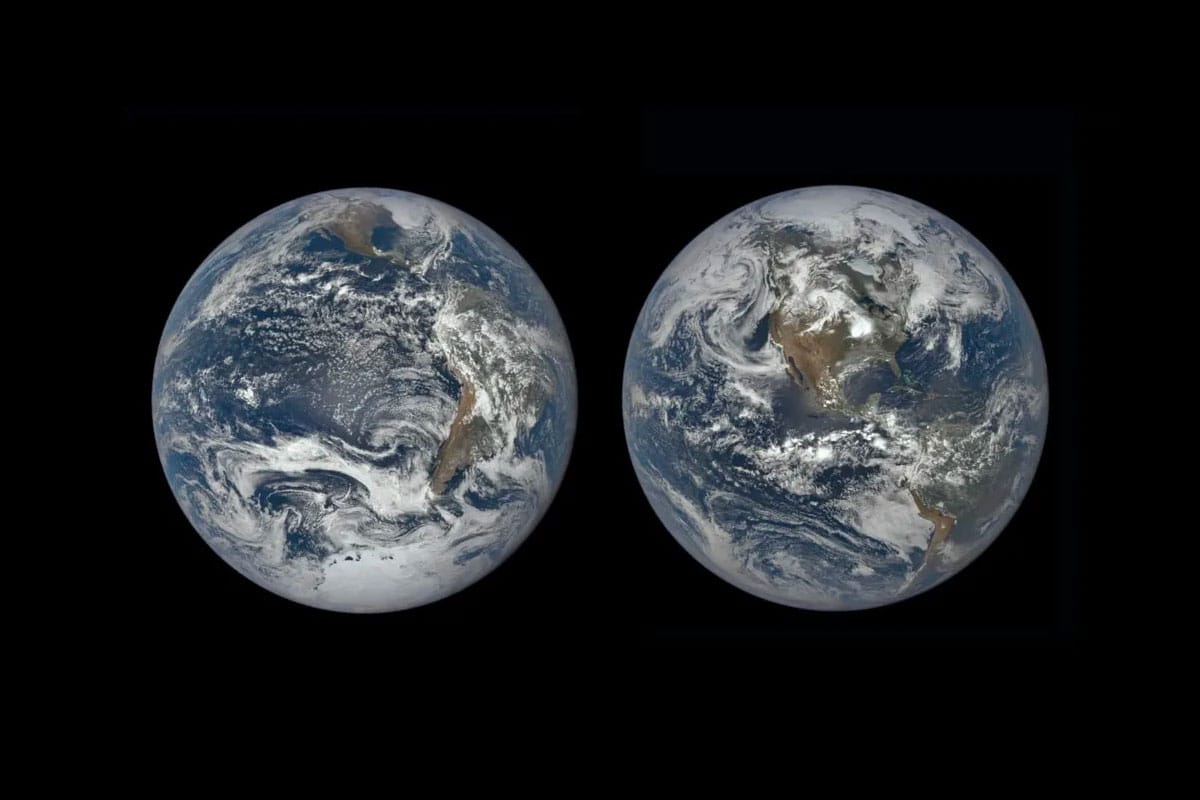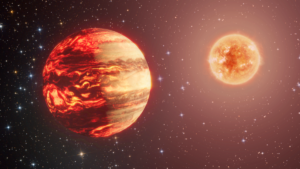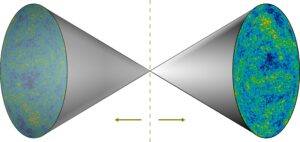While The Earth appears perfectly round from space, its true shape is more complex and fascinating. Despite the seemingly smooth, spherical appearance captured in images from space, the reality is that the Earth is irregularly shaped ellipsoid. This article dives into the scientific explanations behind the Earth’s unique shape, the forces at work, and how modern technology helps us understand these phenomena. By examining the role of centrifugal force, gravityand the ever-changing nature of our planet, we gain a deeper understanding of why the Earth is not a perfect sphere and what this means for our understanding of the world.
- The earth is irregularly shaped ellipsoid with a convex equator due to centrifugal force.
- The shape of the planet is constantly changing due to tides, movement of tectonic platesand natural disasters.
- Geodesy is the science of measuring the Earth’s shape, gravitational field, and surface changes.
- Gravitational anomalies and technological advances such as satellite surveying and LIDAR help scientists understand the complex shape of the Earth.
- Understanding the shape of the Earth provides insight into its dynamic nature and the forces that are constantly reshaping our planet.
Earth’s true shape: an irregular ellipsoid
From the perspective of space, the Earth appears round, but in reality it is irregularly shaped ellipsoid. This means that the Earth is slightly flattened poles and bulges at equator. The reason? Centrifugal force from the rotation of the planet. As the Earth rotates, this force pushes outward toward the equator, making it bulge.
The equatorial diameter of the Earth is about 12,756 kilometers, while the polar diameter is approximately 12,714 kilometers, resulting in a difference of about 42 kilometers. This subtle but significant difference is mainly due to the rotation of the Earth and the resulting centrifugal force.
The role of centrifugal force
Centrifugal force is the same phenomenon you feel when you spin. This force causes planets and moons to crumple at the poles and bulge at the equator. Fast rotating planets like Jupiter and Saturn display this effect prominently. Jupiter, for example, has an equatorial diameter of about 142,984 kilometers and a polar diameter of about 133,709 kilometers, making the bulge quite noticeable. An extreme example is a dwarf planet Haumeawhich is almost egg-shaped due to its rapid rotation, completing a full rotation in only about four hours.
The constantly changing shape of the Earth
The shape of the Earth is not static. It is constantly changing due to various factors:
- Tides: The daily movement of tides affects both the oceans and the Earth’s crust. The gravitational pull of the Moon and Sun causes the Earth’s surface to deform slightly, contributing to the planet’s dynamic shape.
- Movement of tectonic plates: The slow drift of tectonic plates changes the shape of the Earth over millions of years. This process, known as plate tectonics, can cause significant changes in the Earth’s crust, leading to the formation of mountains, valleys, and other geological features.
- Natural disasters: Events such as earthquakes and volcanic eruptions can cause sudden, dramatic changes. For example, the 2004 Indian Ocean earthquake and tsunami caused a measurable change in Earth’s mass distribution, slightly altering the shape of the planet.
Measuring the shape of the Earth with geodesy
The science of geodesy involves measuring and observing Earth’s size, shape, and gravitational field. Organizations like NOAA’s National Geodetic Survey use this data to understand the dynamic nature of our planet. This data helps us understand how factors like mountain ranges and ocean trenches further distort the shape of the Earth.
Geodesy it also involves determining the exact location of points on the earth’s surface. This is crucial for navigation, mapping and understanding the physical properties of the Earth. The geoid is a model of the shape of the Earth that accounts for variations in gravitational force, providing a more accurate representation of mean sea level.
The effect of gravity on the shape of the Earth
Gravity also plays a crucial role in the shape of the Earth. Slight variations in Earth’s gravitational field cause permanent hills and valleys on the ocean’s surface, further contributing to the planet’s irregular shape. For example, sea level is not uniform due to these gravitational anomalies. The geoid the model helps scientists understand these variations and their effect on the shape of the Earth.
Gravitational anomalies can be caused by changes in the density of Earth’s interior. Regions of higher density, such as mountain ranges, exert a stronger gravitational pull, while regions of lower density, such as ocean basins, exert a weaker pull. These variations can cause the Earth’s surface to undulate, creating a more complex shape than a simple ellipsoid.
Technological advances in understanding the shape of the Earth
Technological advances have greatly improved our understanding of the shape of the Earth. Satellite geodesy involves the use of satellites to measure the Earth’s gravity field, shape and surface changes. Satellites like NASA’s GRACE (Gravity Recovery and Climate Experiment) and its successor, GRACE-FOprovide valuable data about Earth’s gravitational field, allowing scientists to observe changes over time.
LIDAR (light detection and ranging) technology also plays an important role in measuring the earth’s surface with high accuracy. Using laser pulses to measure distances, LIDAR can create detailed topographic maps revealing subtle changes in the Earth’s shape.
Understanding the shape of the Earth is more than just an exercise in geometry. It reveals the dynamic and ever-changing nature of our planet, shaped by internal and external forces. From the force of gravity to the force of rotation, these factors combine to make Earth the unique and fascinating world we call home. By studying these forces and their effects, scientists can gain deeper insight into Earth’s past, present, and future, helping us better understand our planet and its place in the cosmos.



